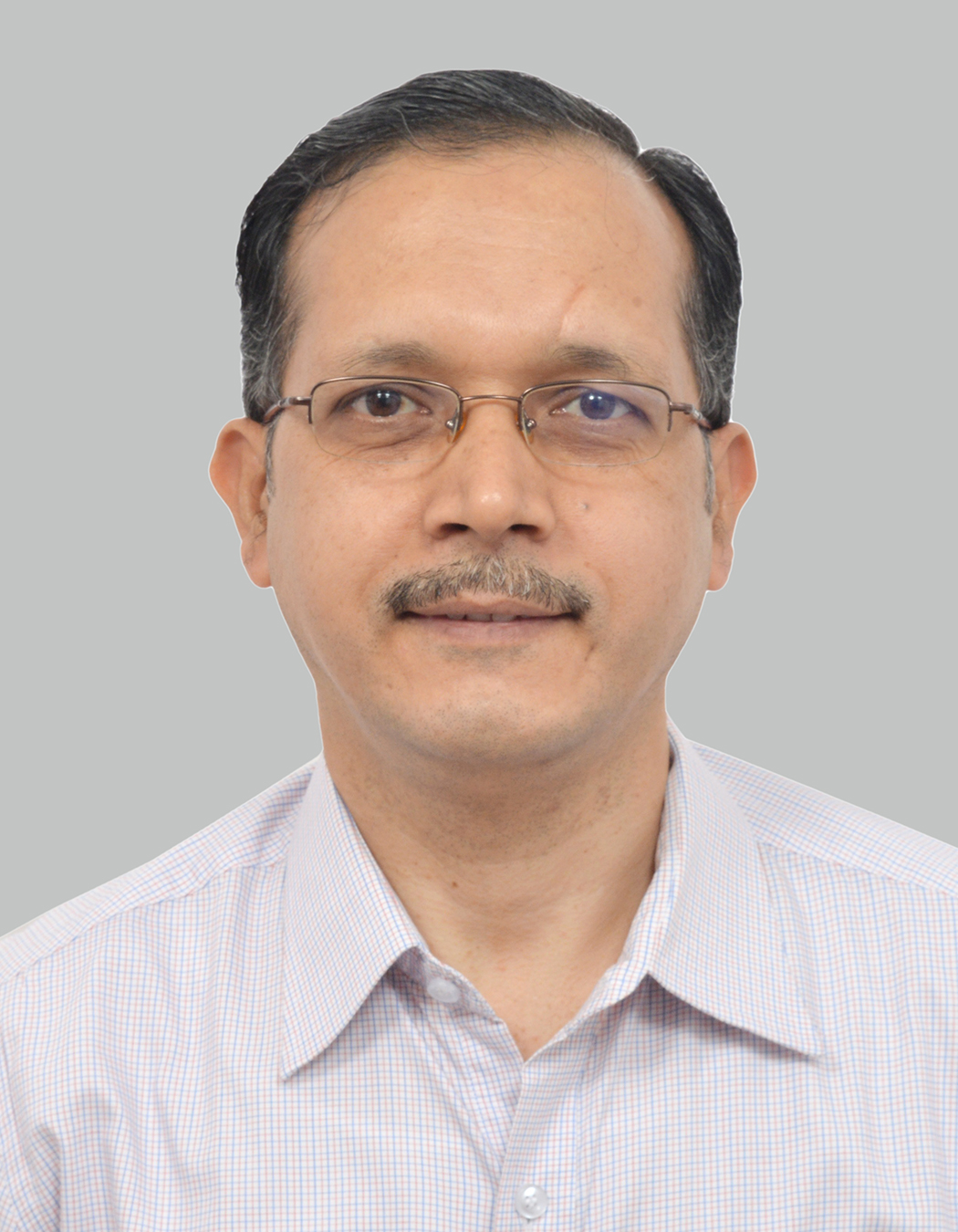Dr. Harish C Barshilia, FNAE, FNASc
Dr. Harish C Barshilia, FNAE, FNASc
CHIEF SCIENTIST
Dr. Barshilia’s research is focused towards processing of thin films using physical vapor deposition and plasma enhanced chemical vapor deposition processes mainly for aerospace applications. He uses the concepts of nanoscale multilayers and nanocomposites to design and develop supertough, superhard and solid lubricant coatings consisting of nitrides, oxides, carbides, dichalcogenides and a combination thereof. His research on PVD coatings is directed towards using these coatings on cutting tools for the machining of difficult-to-machine materials (such as superalloys and Ti alloys) and also for wear protection of critical aerospace and engineering components.
His another core competence is in the area of high-temperature photothermal conversion coatings. The design of these coatings is primarily based on the concepts of tandem absorbers, multilayer absorbers and nanocermets. He employs various simulation tools to supplement the experimental results. More recently, he has started to explore the possibility of developing these coatings using cost-effective processes such as paint spray, thermal spray and sol-gel methods. His pioneering research in collaboration with leading national and international institutes and spanning over 20 years, has resulted in a lab scale high-temperature absorber coating technology, which is one of the most critical technologies for the concentrated solar power systems.
To explore the possibility of using new generation materials for enhanced optical absorption, his research is concentrated on plasmonic nanoparticles, 1D and 2D nanostructures (e.g., graphene, CNTs and MoS2), and transparent conductors. Ultra-sensitive SERS sensors are also being fabricated using the developed plasmonic nanoparticles in combination with chemically etched silicon nanowires.
Research Interests: Nanoscience and nanotechnology, Surface engineering, PVD coatings, High temperature solar absorber coatings, Optical coatings, SERS sensors.
Last updated on : 09-04-2025 11:24:33am

 English
English हिन्दी
हिन्दी